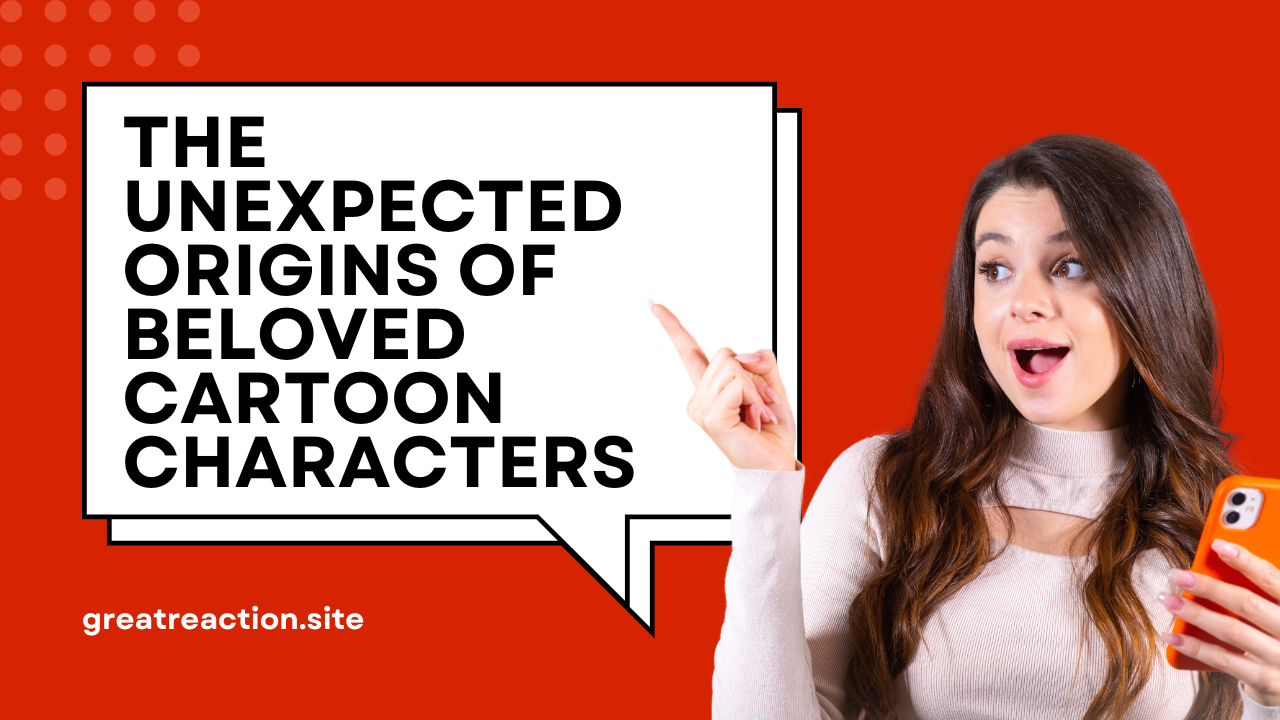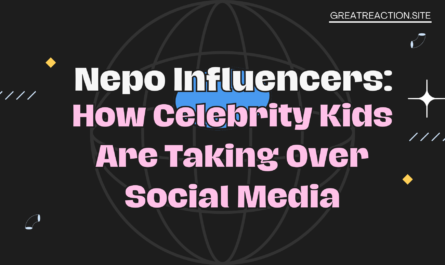Cartoon Characters with Surprising Backstories
Cartoon characters are more than just colorful faces on a screen—they’re icons shaped by strange coincidences, artistic breakthroughs, and unexpected inspirations. From Mickey Mouse’s desperate creation to SpongeBob’s marine biology roots, these famous characters didn’t start out the way you might think.
Understanding the origins of cartoon characters sheds light on how creative risks, last-minute changes, and even corporate mishaps gave rise to some of the most iconic figures in animation history.

Here’s what you’ll learn:
-
The real-life inspirations behind legendary cartoon characters
-
How studio failures led to breakthrough designs
-
Controversial and forgotten origins studios rarely discuss
-
How your favorite characters were almost unrecognizable
Let’s take a deeper look into the unexpected origins of these beloved cartoon icons.
1. Mickey Mouse: A Backup Plan Turned Global Icon
Before Mickey, there was Oswald the Lucky Rabbit—until Universal Studios took him from Walt Disney. In a rush to create a replacement, Disney and animator Ub Iwerks developed Mortimer Mouse, later renamed Mickey at the suggestion of Disney’s wife.
Key Facts:
-
Mickey’s gloves were added to make his hands stand out in black-and-white.
-
Early cartoons featured a mischievous Mickey who smoked and drank.
-
Complaints led to the friendlier version we know today.
Fun Fact: Mickey Mouse remains one of the most recognized cartoon characters in the world.
2. Bugs Bunny: Born from a Failed Prototype and Groucho Marx
Before Bugs Bunny, Warner Bros. introduced Happy Rabbit, a bland character that quickly flopped. Animator Tex Avery reshaped the concept with the sarcastic charm of Groucho Marx and a distinct Brooklyn accent.
What Changed:
-
The phrase “What’s up, Doc?” was an improvised joke by voice actor Mel Blanc.
-
Bugs starred in controversial WWII propaganda cartoons, some now deemed offensive.
Legacy Note: Bugs Bunny helped redefine cartoon comedy and satire.
3. SpongeBob SquarePants: A Cartoon with Scientific Roots
Stephen Hillenburg was a marine biology teacher before creating SpongeBob SquarePants. The character originated from an educational comic called The Intertidal Zone.
Development Highlights:
-
Originally named “SpongeBoy” until a mop company trademarked the name.
-
Early versions of the show had a darker, more adult tone.
Tip: SpongeBob is one of the most profitable cartoon characters in animation history.
4. Scooby-Doo: Created in Response to TV Violence Concerns
In the late 1960s, backlash against violent Saturday morning cartoons prompted Hanna-Barbera to create a mystery series focused on humor and light scares.
Behind the Scenes:
-
Scooby’s original name was “Too Much.”
-
His voice, including “Ruh-roh,” was improvised by Don Messick.
-
Shaggy’s look and personality were modeled after Maynard G. Krebs from The Many Loves of Dobie Gillis.
Fun Fact: Scooby-Doo’s format inspired decades of mystery-themed animated series.
5. Homer Simpson: A Role Almost Voiced by Someone Else
The Simpsons nearly cast comedian Sam Kinison as Homer, but Dan Castellaneta got the job instead—and improvised the now-famous “D’oh!” inspired by a Laurel & Hardy gag.
Early Characterization:
-
Homer was originally much angrier and less lovable.
-
The character evolved into the bumbling, well-meaning dad fans adore.
SEO Note: Homer Simpson remains one of the most quoted cartoon characters in pop culture.
6. Pikachu: The Electric Icon That Almost Wasn’t a Mouse
Pikachu, the face of the Pokémon franchise, was originally designed more like a squirrel than a mouse.
Design Evolution:
-
Final look was chosen to be gender-neutral and appeal to kids.
-
A 1997 episode featuring flashing lights caused seizures in hundreds of children, leading to major changes in animation standards.
Cultural Impact: Pikachu became a global symbol of Japanese animation.
7. Rick Sanchez: From Vulgar Parody to Sci-Fi Star
Rick and Morty began as a crude parody of Back to the Future, with Rick Sanchez modeled after Doc Brown—minus the filter.
Show Origins:
-
Justin Roiland voiced Rick with improvised burps and erratic speech.
-
In 2023, Roiland was replaced after legal controversies, a rare move in animation.
Fun Fact: Despite the changes, Rick remains a fan-favorite in adult animation.
8. Betty Boop: A Jazz-Age Icon Shaped by Controversy
Betty Boop was inspired by singer Helen Kane, who later sued over her likeness. Early Betty Boop cartoons blended jazz-age charm with risqué themes and troubling racial caricatures.
Controversial Past:
-
Censors targeted her revealing outfits in the 1930s.
-
Many early episodes were edited or banned due to racist content.
Legacy: Betty Boop became a feminist and pop art icon despite her rocky origins.
9. Optimus Prime: The Heroic Truck That Almost Wasn’t
The leader of the Autobots nearly debuted as a generic soldier. Hasbro’s decision to give him a heroic semi-truck form, along with Peter Cullen’s commanding voice, changed everything.
Creative Influence:
-
Cullen based his voice on his brother, a Marine.
-
The design shift made Optimus a symbol of strength and leadership.
Fun Fact: Optimus Prime’s voice actor is one of the most respected in animation history.
10. The Powerpuff Girls: A Violent Origin with a Catchy Makeover
Originally created as The Whoopass Girls for a college project, Craig McCracken’s characters were rebranded for a mainstream audience.
Key Changes:
-
Cartoon Network reimagined them as younger, less violent heroines.
-
The blend of cuteness and chaos became a signature style.
Tip: The Powerpuff Girls remain among the most influential female-led cartoons.
Conclusion: Why These Cartoon Origins Matter
Behind every beloved cartoon character lies a tale of creativity, risk, and reinvention. Whether sparked by lawsuits, censorship, or sheer desperation, the stories behind these animated icons reveal the unpredictable nature of entertainment history.
Which character’s origin surprised you most? Share your thoughts in the comments!
related post: TV Show Reboots
also checkout: Click Here



